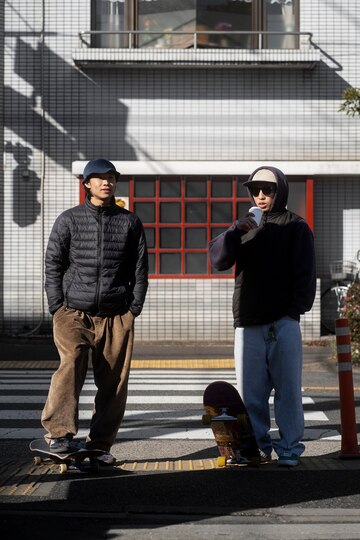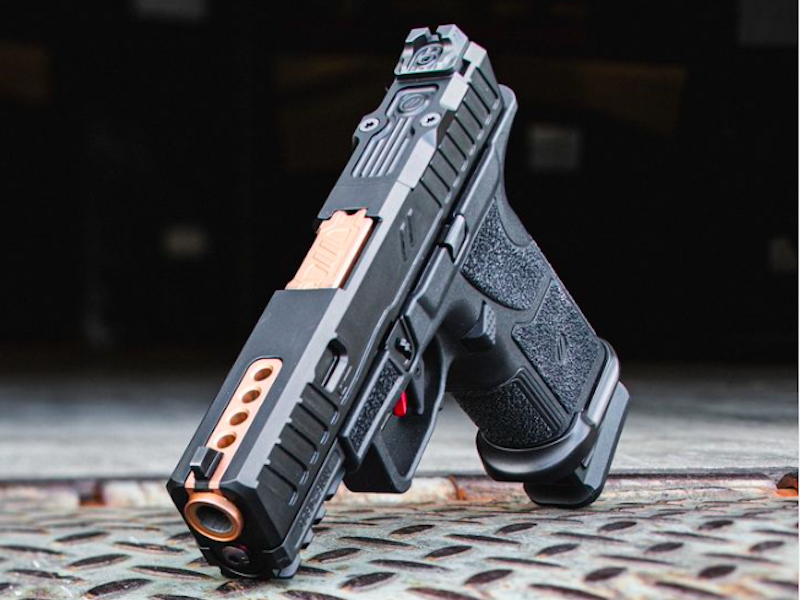
The Evolution of Streetwear: From Underground Subculture to Global Fashion Phenomenon
In recent decades, streetwear has undergone a remarkable transformation, evolving from a niche subculture to a dominant force in the fashion industry. What began as a grassroots movement among urban youth has now become a global phenomenon, influencing not only what we wear but also how we perceive fashion and culture.
Origins and Influences
Streetwear emerged in the late 1970s and early 1980s, primarily in urban centers such as New York City, Los Angeles, and London. It was born out of the convergence of various subcultures, including skateboarding, hip-hop, graffiti art, and punk rock. Influential figures like Shawn Stussy, James Jebbia (founder of Supreme), and Hiroshi Fujiwara (a key figure in Japanese streetwear) played pivotal roles in shaping its early aesthetic.
Key Characteristics
At its core, streetwear is characterized by its casual and comfortable style, often drawing inspiration from the streets and the culture of the youth. Hoodies, graphic T-shirts, sneakers, and baseball caps are staple items in the streetwear wardrobe. Bold logos, graphic prints, and unconventional designs are also prevalent, reflecting the rebellious and anti-establishment ethos of the movement.
Cultural Impact
Streetwear has transcended its origins to become a significant cultural force, influencing not only fashion but also music, art, and lifestyle. Hip-hop artists like Kanye West and Pharrell Williams have been instrumental in popularizing streetwear brands and shaping its mainstream appeal. Meanwhile, collaborations between streetwear labels and high-end fashion houses have blurred the lines between luxury and street fashion, creating a new paradigm in the industry.
The Rise of Streetwear Brands
Over the years, several streetwear brands have risen to prominence, capturing the hearts of fashion enthusiasts worldwide. Supreme, with its limited-edition drops and cult following, has become synonymous with streetwear culture. Other brands like Off-White, A Bathing Ape (BAPE), and Palace Skateboards have also achieved global recognition for their innovative designs and strong brand identities.
Globalization and Accessibility
The proliferation of social media and e-commerce platforms has played a significant role in the globalization of streetwear. Today, enthusiasts from Tokyo to Toronto can access the latest drops and trends with just a few clicks. Streetwear has become more inclusive and accessible, breaking down geographical barriers and fostering a sense of community among its diverse fanbase.
Challenges and Criticisms
Despite its widespread popularity, streetwear has faced criticism for its commercialization and appropriation of cultural symbols. Some argue that the once-authentic subculture has been diluted by mainstream fashion and consumerism. Moreover, the hype-driven nature of streetwear releases has led to issues like reselling, counterfeit goods, and exclusivity, raising questions about sustainability and ethics within the industry.
The Future of Streetwear
As streetwear continues to evolve, it faces both opportunities and challenges in shaping the future of fashion. Sustainability, inclusivity, and authenticity are becoming increasingly important considerations for brands and consumers alike. Moreover, the ongoing blurring of boundaries between streetwear, high fashion, and activewear suggests that the movement is far from reaching its peak afs2014.org/.
In conclusion, streetwear has undergone a remarkable evolution since its humble beginnings in the streets of urban centers. What started as a subcultural movement has now become a dominant force in the fashion industry, influencing trends, lifestyles, and attitudes around the globe. As streetwear continues to evolve, it will be fascinating to see how it adapts to changing cultural landscapes while staying true to its roots of creativity, self-expression, and individuality.


